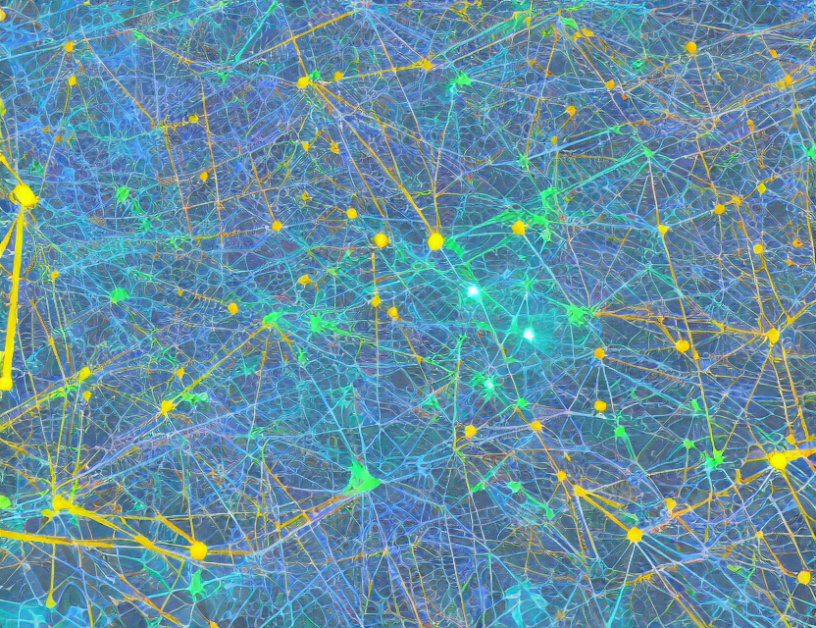Deep learning has revolutionized the field of computer vision and robotics, with data-driven algorithms being the most performant ones. Among these algorithms, deep learning networks have shown remarkable results in solving complex tasks. In this article, we delve into the basic concepts of deep learning, focusing on the attention mechanism and its significance in achieving better performance.
Encoder and Decoder Blocks
Deep learning models consist of two main blocks: an encoder block and a decoder block. The encoder block is designed to extract valuable information from input data, while the decoder block interprets and determines the output data based on the features passed from the encoder. Many authors modify the encoder block and create a specialized decoder module to meet their specific needs.
The Encoder Block
The encoder block is like a filter that processes the input data and extracts the most important information. Think of it as a sieve, where only the finest details pass through and are stored in the output. The more detailed the input, the better the model can interpret the data.
The Decoder Block
The decoder block is like a puzzle solver that takes the features from the encoder and interprets them to produce the final output. It’s like putting together a jigsaw puzzle; the decoder uses the features as pieces to build the final image. The more accurate the features, the better the decoder can reconstruct the image.
Attention Mechanism
The attention mechanism is a game-changer in deep learning. It allows the network to focus on specific areas of the input data that are crucial for the task at hand. Imagine you’re trying to find a specific word in a long document; without attention, you’d have to read every word carefully. But with attention, you can quickly scan the document and focus only on the relevant words.
In deep learning, the attention mechanism works similarly. It computes the dot product between different parts of the input data and determines which areas are important for the task. By ignoring irrelevant areas and focusing on critical ones, the model can achieve better performance.
Transformers: A New Type of Neural Network Architecture
Recently, a new type of neural network architecture has emerged, called Transformers. This architecture challenges traditional convolutional neural networks and has shown superior results in various applications. Transformers use self-attention mechanisms to compute the importance of each input element, allowing the model to focus on critical areas.
The attention mechanism in Transformers is more sophisticated than traditional methods. It computes the dot product between different parts of the input data and uses multi-head attention to combine the outputs. This allows the network to capture complex relationships between input elements and achieve better performance.
Advantages and Limitations
The attention mechanism has several advantages in deep learning:
-
Improved performance: By focusing on critical areas of the input data, the model can achieve better performance and accuracy.
-
Reduced computational cost: The network only computes the dot product between relevant parts of the input data, reducing the overall computational cost.
-
Increased interpretability: The attention mechanism provides insight into which areas of the input data are most important for the task, making the model more interpretable.
However, there are also some limitations to using attention mechanisms: -
Computational complexity: Computing the dot product between multiple parts of the input data can be computationally expensive.
-
Overfitting: The attention mechanism can lead to overfitting if the model is not properly regularized.
-
Lack of interpretability: While attention mechanisms provide insight into important areas of the input data, they can also make it more challenging to understand how the model works.
Conclusion
In conclusion, attention mechanisms have revolutionized deep learning by allowing models to focus on critical areas of the input data. Transformers, a new type of neural network architecture, use self-attention mechanisms to achieve better performance in various applications. While there are advantages and limitations to using attention mechanisms, their significance in improving performance and interpretability cannot be overstated. As deep learning continues to evolve, we can expect to see even more sophisticated attention mechanisms emerge, further enhancing the field of computer vision and robotics.



